A/B Test Duration: How Long Should You Run Experiments?

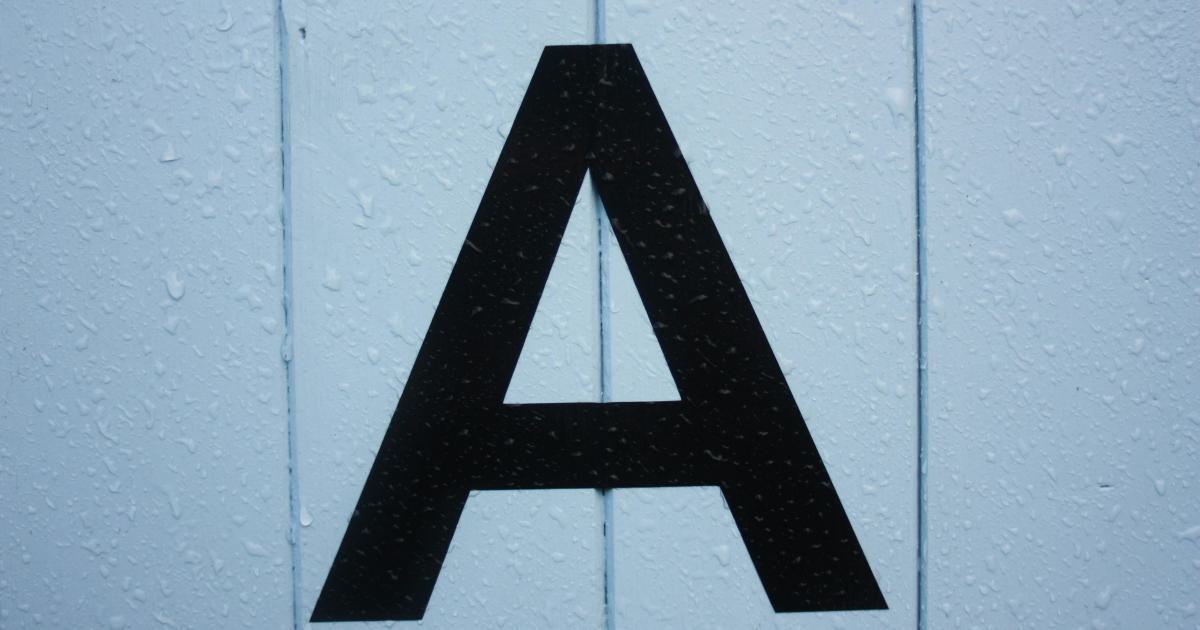
Understanding A/B Testing and its Importance
A/B testing, also known as split testing, is a powerful technique used in digital marketing and product development to compare the performance of two or more variations of a particular element or feature. By exposing users to different versions of a webpage, app, or product, businesses can gather valuable data to determine which option resonates better with their target audience.
The core principle behind A/B testing is simple: by introducing a controlled change and measuring the impact, companies can make data-driven decisions to optimize their digital properties and improve user experience. Whether it's testing different call-to-action buttons, headline variations, or entire website layouts, A/B testing provides a structured way to uncover insights and drive measurable improvements.

However, the success of an A/B test largely depends on the duration for which it is run. Determining the appropriate test duration is a critical aspect of the process, as it can make the difference between drawing accurate conclusions or making flawed decisions. Running an A/B test for too short a period may result in inconclusive or misleading results, while prolonging the test unnecessarily can lead to lost opportunities and wasted resources.
In this comprehensive article, we'll dive into the intricacies of A/B test duration, exploring the factors that influence the optimal testing period, and providing guidance on how to determine the right duration for your experiments.
Factors Influencing A/B Test Duration
Several factors come into play when deciding the appropriate duration for an A/B test. Understanding these variables and how they impact the testing process is essential for ensuring the reliability and statistical significance of your results.
Traffic Volume and Variability
One of the primary considerations in determining A/B test duration is the volume and variability of traffic to the page or feature being tested. The more traffic a website or app receives, the faster the test can accumulate statistically significant data to draw conclusions.

However, it's important to note that traffic patterns can be highly variable, with daily, weekly, or seasonal fluctuations. These variations can introduce noise and skew the results if the test duration is too short. To account for these fluctuations, it's generally recommended to run A/B tests for a minimum of two to four weeks, depending on the industry and the nature of the test.
Conversion Rate and Desired Uplift
The expected conversion rate and desired uplift (the percentage improvement you hope to achieve) also play a crucial role in determining the appropriate test duration. Tests with higher conversion rates and larger expected uplifts typically require shorter durations to achieve statistical significance, as the differences between the variations are more pronounced.

Conversely, tests with lower conversion rates and smaller expected uplifts will require longer durations to generate reliable results. In such cases, the test may need to run for several weeks or even months to gather enough data and minimize the impact of natural variations in user behavior.
Variability in User Behavior
User behavior can be highly variable, with factors such as device type, location, time of day, and personal preferences all influencing how individuals interact with a website or app. This variability can impact the consistency of test results, making it necessary to run experiments for longer periods to account for these fluctuations.
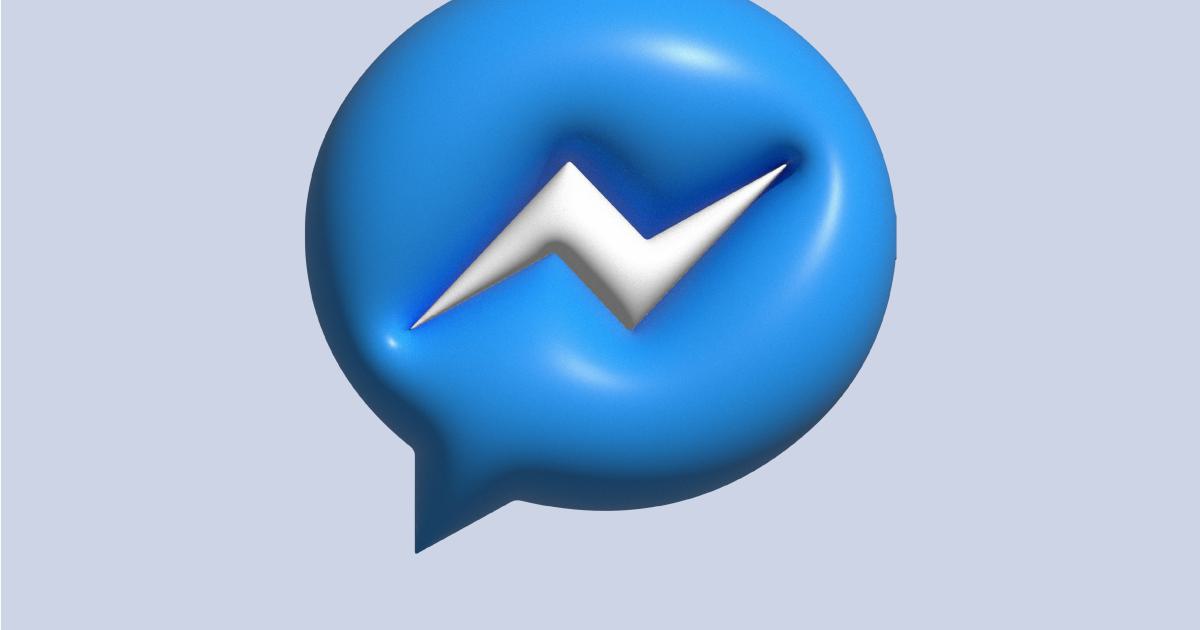
By extending the test duration, you can ensure that the observed differences between the variations are not the result of temporary or isolated user behavior patterns, but rather represent more consistent and reliable trends.
Statistical Significance and Sensitivity
The desired level of statistical significance and the sensitivity of the test are also crucial factors in determining the appropriate duration. Statistical significance refers to the likelihood that the observed difference between the variations is not due to chance, but rather a result of the changes you've implemented.
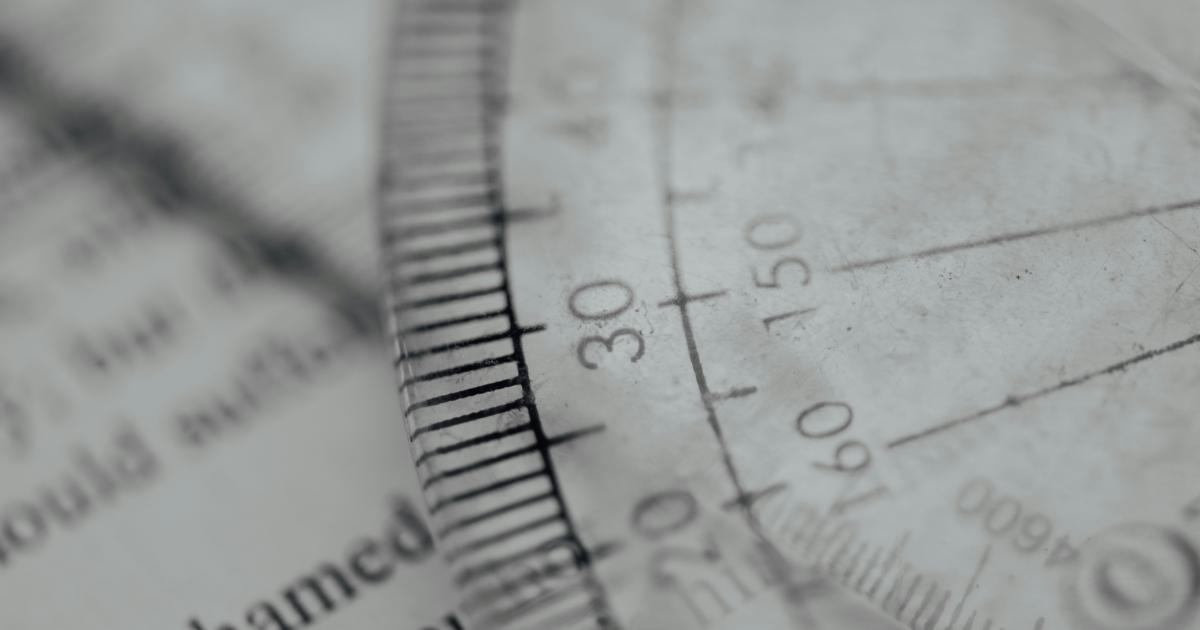
A higher level of statistical significance (e.g., 95% or 99%) typically requires a longer test duration to accumulate enough data and overcome the inherent variability in user behavior. Additionally, if you're aiming to detect smaller uplifts in performance, the test will need to run for a longer period to have sufficient statistical power to identify these subtle differences.
Industry and Competitive Landscape
The industry you operate in and the competitive landscape can also influence the appropriate A/B test duration. Some industries may have more volatile user behavior or faster-moving trends, necessitating shorter test periods to stay agile and responsive to changes.

Conversely, in more stable or less competitive industries, you may have the luxury of running longer tests to obtain a more comprehensive understanding of user preferences and behavioral patterns.
Determining the Optimal A/B Test Duration
With a thorough understanding of the factors that influence A/B test duration, let's explore the process of determining the optimal testing period for your experiments.
Step 1: Establish Your Goals and Metrics
Before determining the test duration, it's essential to clearly define your goals and the metrics you'll use to measure success. Are you aiming to increase conversion rates, reduce bounce rates, or improve user engagement? By establishing these objectives upfront, you can ensure that your test duration is aligned with your desired outcomes.
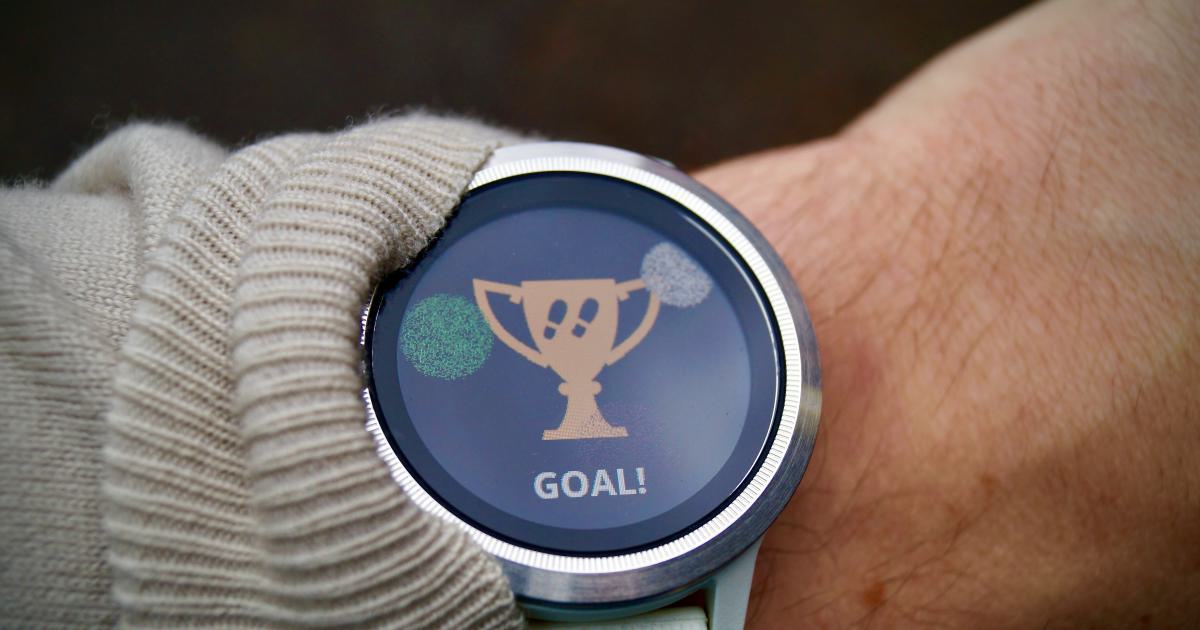
Step 2: Estimate Conversion Rates and Expected Uplift
Based on your historical data or industry benchmarks, estimate the current conversion rate for the element or feature you're testing. Additionally, determine the minimum uplift in performance you'd consider significant enough to warrant a change.
These estimates will help you calculate the required sample size and test duration to achieve statistical significance, as discussed in the next step.
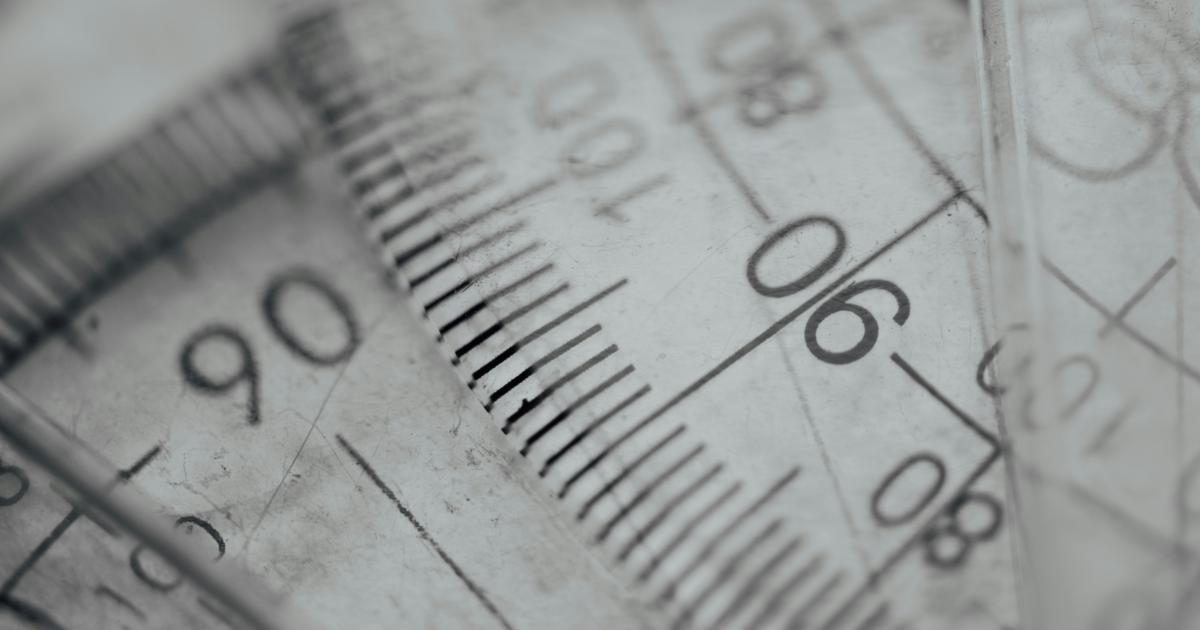
Step 3: Calculate the Required Sample Size and Test Duration
To determine the appropriate test duration, you'll need to calculate the required sample size to achieve statistical significance. This involves considering factors such as the current conversion rate, the desired uplift, the level of statistical significance, and the desired statistical power.
There are various online calculators and tools available to assist with this calculation, such as the A/B Test Duration Calculator from VWO or the A/B Testing Sample Size Calculator from Optimizely.
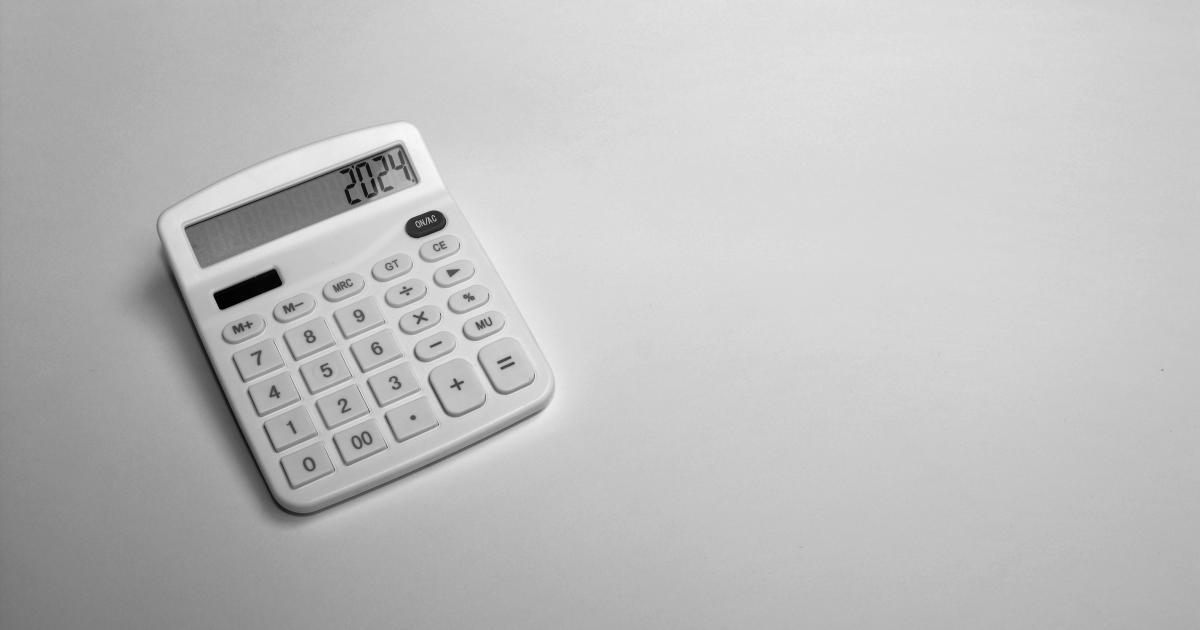
The formula for calculating the required sample size for an A/B test is:
Sample Size = (Z^2 * p * (1-p)) / (E^2)
Where:
Z = Z-score corresponding to the desired confidence level (e.g., 1.96 for 95% confidence)
p = Estimated conversion rate
E = Desired margin of error (e.g., 0.05 for 5%)
Once you have the required sample size, you can determine the test duration by dividing the sample size by the daily traffic or conversion volume for each variation.
Step 4: Monitor and Adjust the Test Duration
During the course of the A/B test, it's important to continuously monitor the results and be prepared to adjust the test duration if necessary. Factors such as unexpected changes in traffic patterns, user behavior, or the performance of the variations may necessitate extending or shortening the test period.
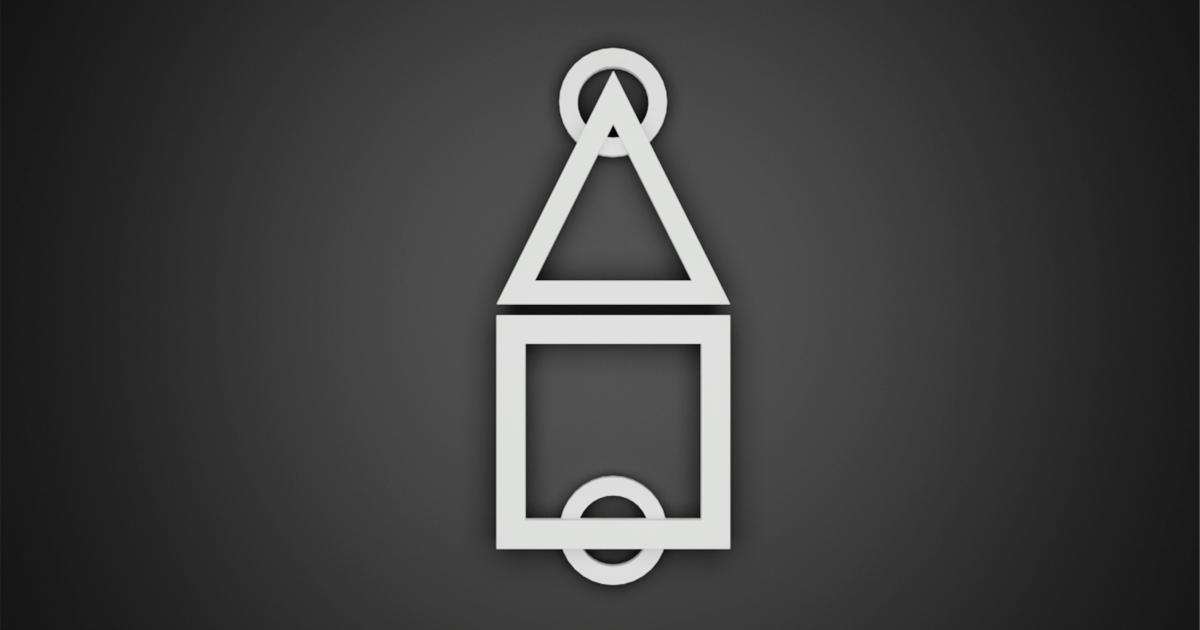
Additionally, if the test results show a clear and consistent winner early on, you may consider ending the experiment sooner to avoid wasting resources. Conversely, if the results are inconclusive or close, you may need to extend the test duration to gather more data and increase the statistical significance.
Step 5: Analyze the Results and Draw Conclusions
Once the A/B test has run for the desired duration, it's time to analyze the results and draw meaningful conclusions. Carefully review the data, focusing on the key metrics you identified in Step 1, and determine which variation performed better.
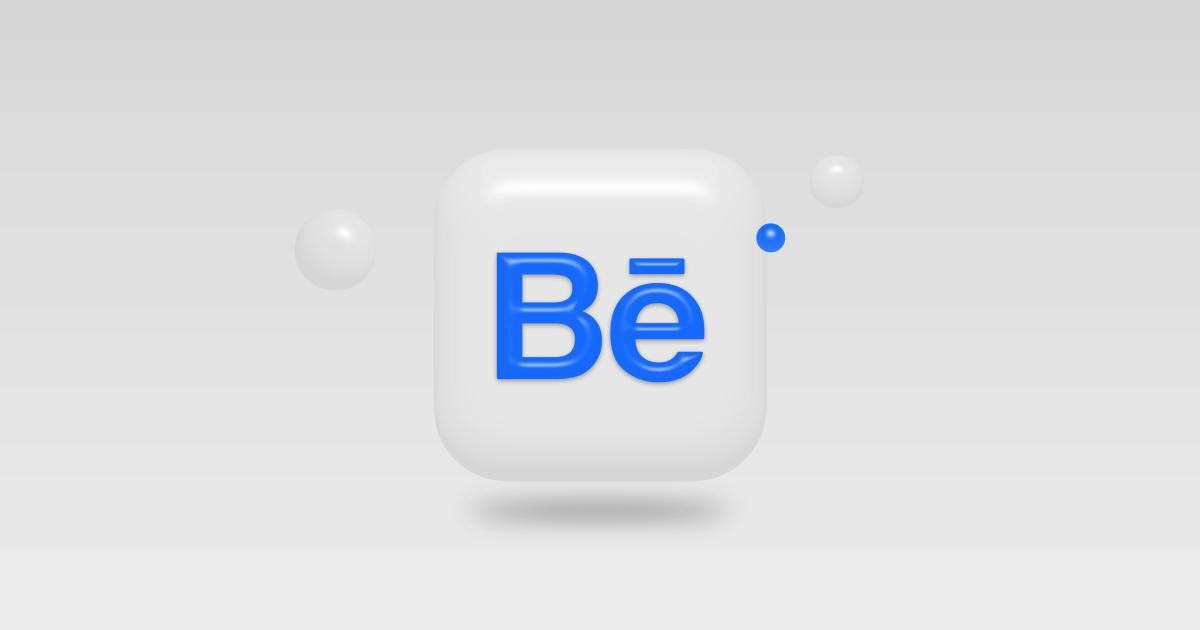
Remember to consider not only the statistical significance of the results but also the practical significance and the potential impact on your business objectives. This analysis will help you make informed decisions about implementing the winning variation or refining your approach for future tests.
Best Practices for Determining A/B Test Duration
To ensure the success of your A/B testing efforts, consider the following best practices when determining the appropriate test duration:
1. Start with a Minimum Duration
As a general rule, it's recommended to run A/B tests for a minimum of 2-4 weeks, regardless of the traffic volume or expected uplift. This helps account for the natural variability in user behavior and ensures that the results are not skewed by short-term fluctuations.
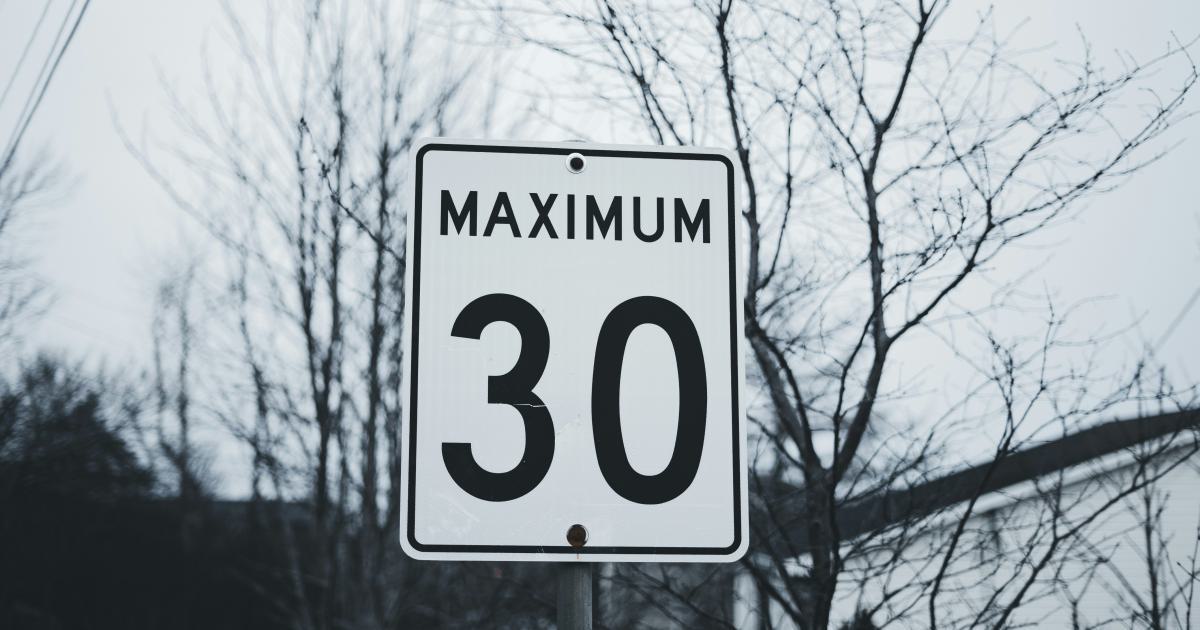
2. Adjust Based on Traffic and Conversion Rates
Refine the test duration based on the actual traffic and conversion rates observed during the experiment. If the traffic and conversion rates are higher than expected, you may be able to shorten the test duration and still achieve statistical significance. Conversely, if the traffic or conversion rates are lower, you may need to extend the test period.

3. Monitor for Consistent Trends
Keep a close eye on the test results throughout the experiment, looking for consistent trends rather than isolated spikes or drops in performance. Ensure that the observed differences between the variations are sustained over time and not just temporary fluctuations.
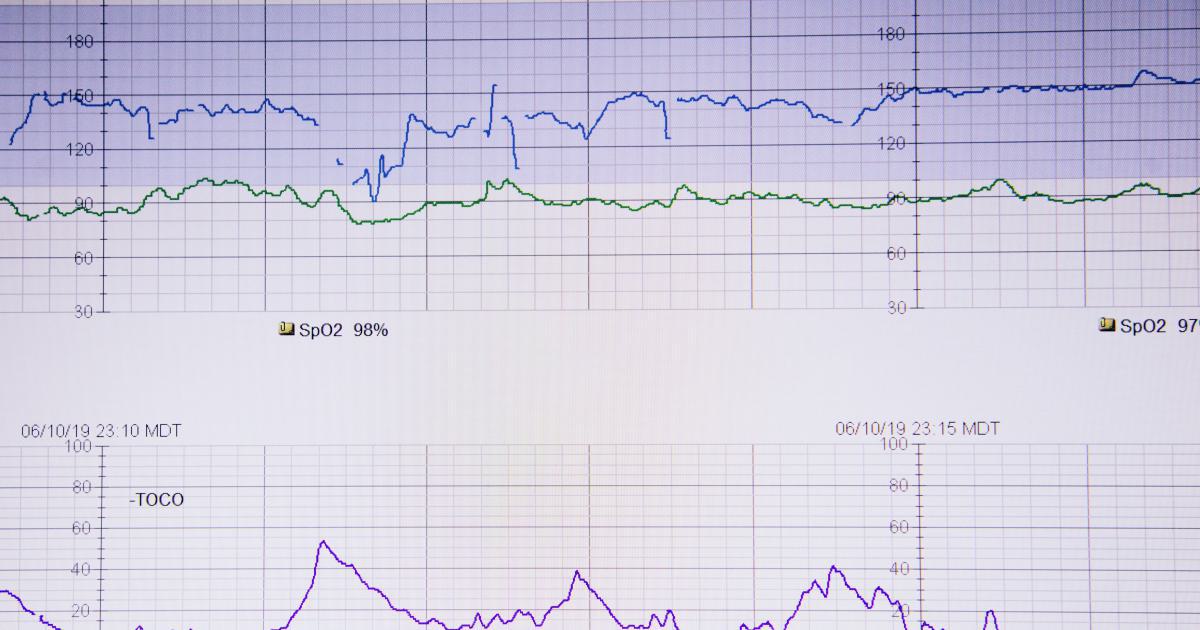
4. Leverage Sample Size Calculators
Use online tools and calculators to estimate the required sample size and test duration based on your specific goals and parameters. These calculators can help you make more informed decisions and ensure that your tests have the necessary statistical power.
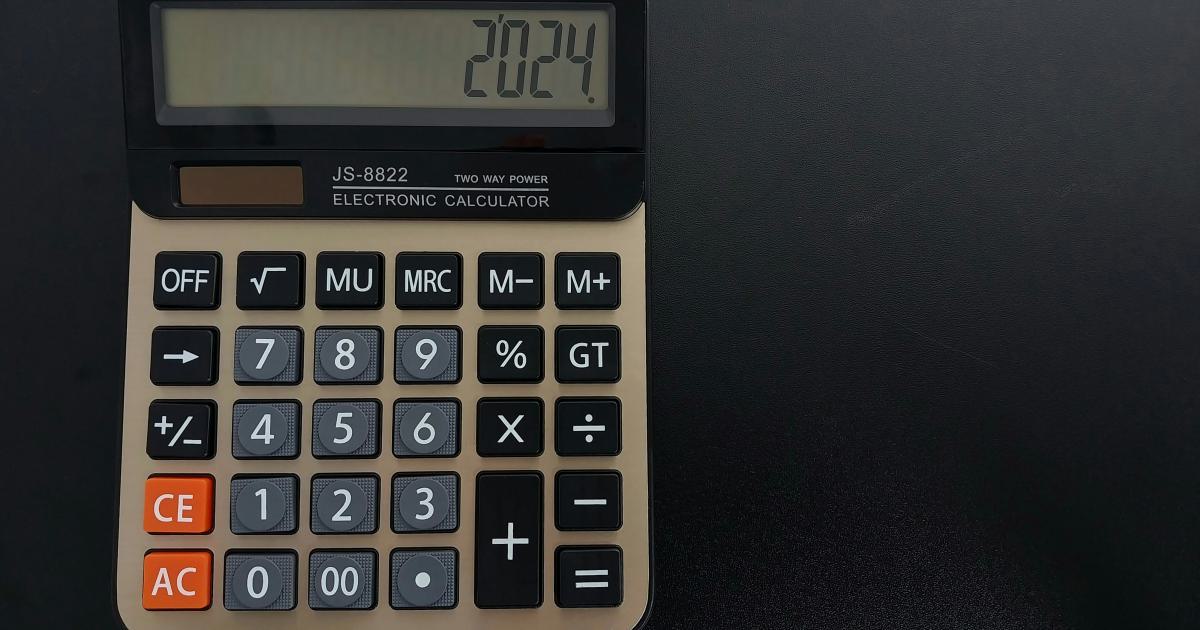
5. Involve Stakeholders and Communicate Clearly
Keep your stakeholders informed about the A/B test process, including the planned duration and any adjustments made along the way. Transparent communication can help build trust, align expectations, and ensure that the test results are interpreted correctly.
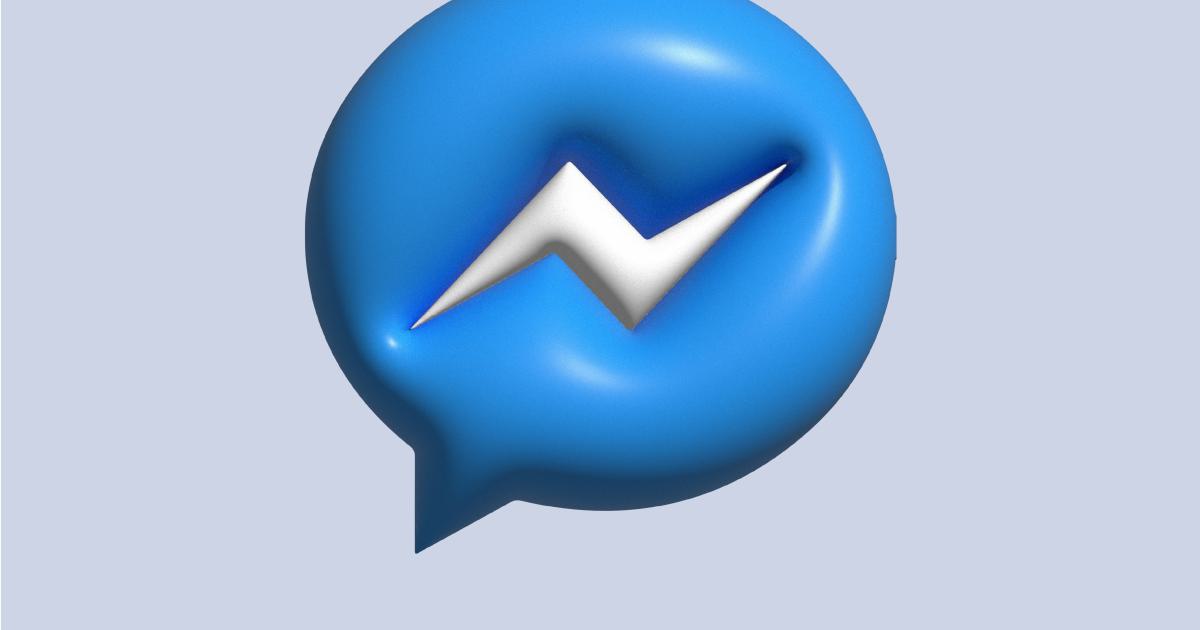
6. Maintain a Test Calendar and Documentation
Establish a test calendar to track the progress of your A/B experiments and document the key decisions made, including the rationale for the test duration. This will help you learn from past experiences and make more informed decisions for future tests.
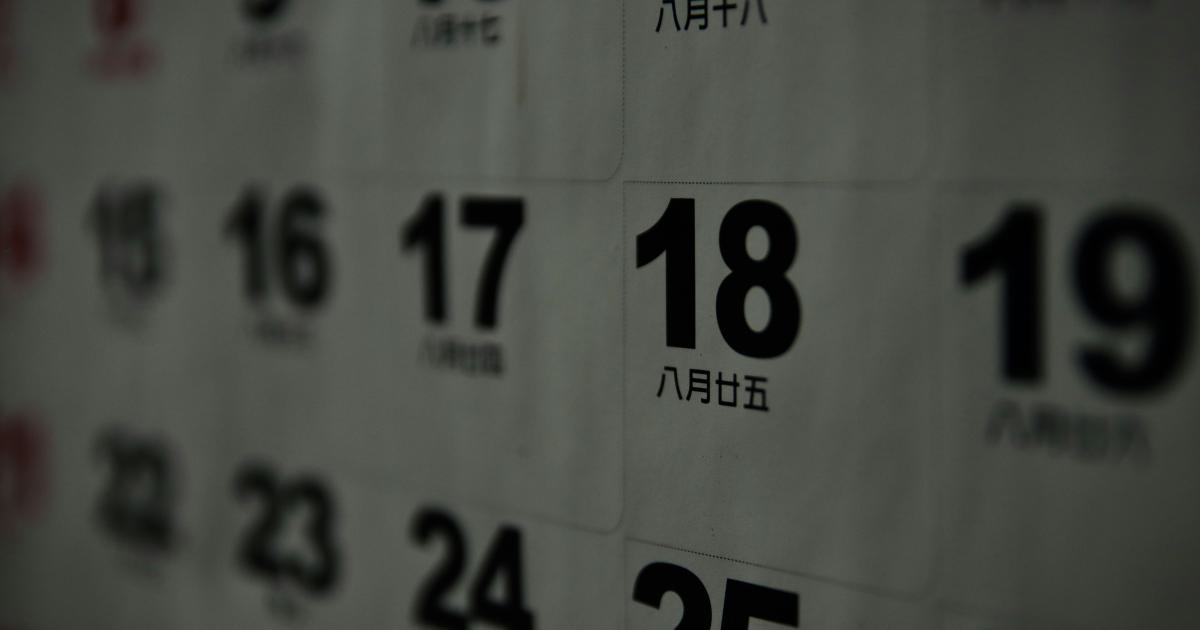
By following these best practices, you can enhance the reliability and effectiveness of your A/B testing efforts, leading to more accurate insights and informed decisions that drive measurable improvements for your business.
Conclusion
Determining the appropriate A/B test duration is a critical aspect of the experimentation process. By considering factors such as traffic volume, conversion rates, user behavior, and statistical significance, you can ensure that your tests generate reliable and actionable insights.
Remember, there is no one-size-fits-all solution when it comes to A/B test duration. The optimal testing period will vary based on your specific goals, industry, and the characteristics of your target audience. By staying agile, monitoring your results, and making data-driven adjustments, you can optimize the duration of your A/B experiments and unlock the full potential of this powerful optimization technique.